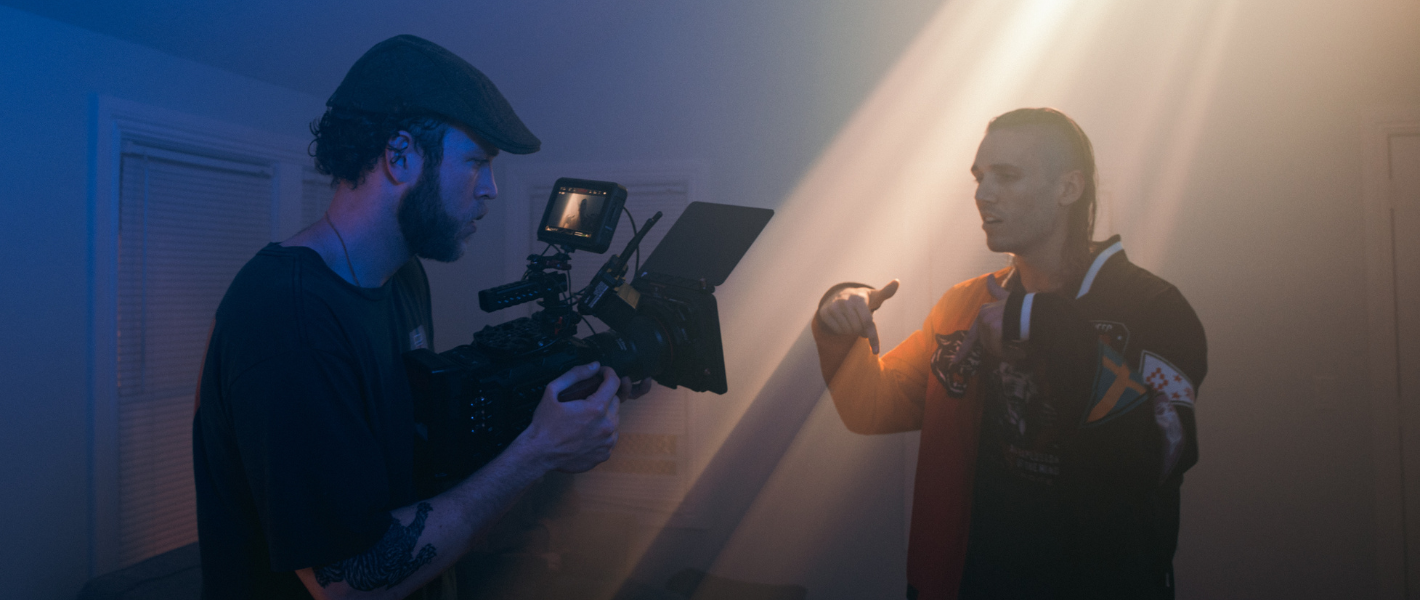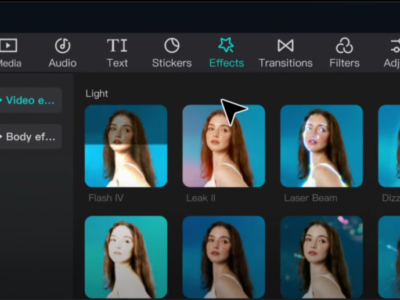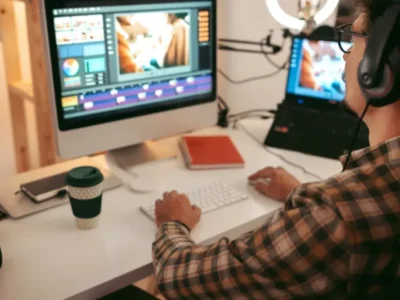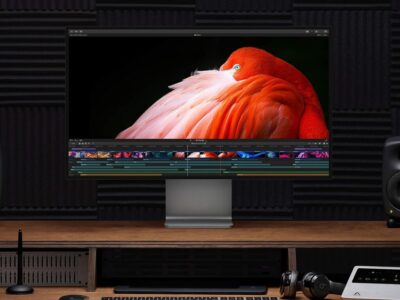Are you searching for an answer to the search query “video editing tips for music videos”? Look no further! Many say that music video editing is something like art. You probably have to combine rhythm and storytelling with some other visual creativity. Combining these elements with a decade of using Adobe Premiere Pro, we have some advice for any editors looking to level up the music video game. Below, we outline 10 of his top tips for editing better music videos—all distilled into one highly convenient guide.

1. Sifting Through Takes
Start by sifting through all the footage. This is where we advise that different shots from the footage be chosen in order to have variation for the edit; the method includes enabling and disabling parts of clips to show the best parts. This is an intricate work that needs much patience and an eye for detail but very important in the attempt to make the music video tempting.
2. Visual and Auditory Correspondence
Assure that the sound corresponds to the dominant music in the visual element. Their main advantage is that they are highly creative and, moreover, visual and auditory at the same time. It is possible to pay attention to where the instruments lead through the different parts of the song and match this with a visual. This entertains the eyes and the brain of the audience, as there is an accord of audio-visuals, pointing out the most effective moments in the course of the musical passage.
3. Choosing Between Takes
Based on the above, the person will then decide which clips to use in relation to lighting, composition, and performance energy. “The choice at every stage is to look at the clip, how it looks, to the visual appeal, and how appropriate it is in communicating the emotion of the song, or the narrative of the song, based around that choice that the footage will bring depth or emotion to the music video.
4. Telling Stories with Camera Movements
It’s not just about capturing video; it’s storytelling. Use movement to establish scenes, create pace, and end your film. For example, a wide push-in can establish a scene, and a pull-away can end that particular story. As you match camera movements to the dynamics of the music, it injects a lot more meaning into the story aspect of your video.
5. Continuity
It involves the selection of the clips that tell the story, but also the transitions between them, keeping continuity. Details such as where the man is looking or the position of his hands can actually make a great difference in the illusion that one wants to give with an uninterrupted narrative.
Film Composition Examples
Within this FREE PDF, you will discover:
- film composition examples in movies
- how filmmakers employ composition techniques
- how to create unforgettable cinematic experiences

6. No Jump Cuts
Jump cuts can cause a jarring effect that takes away from the story. This should never be the case; shifts between different frames have to be utterly invisible, using various camera angles together with other focal lengths. It will help in maintaining the attention of the audience and the video will look done professionally.
7. Cutting on Action
This technique of cutting on action is very powerful and yet at the same time it is delicate. A cut is made as a subject moves, producing a flow that essentially guides the eye from one shot to another, this makes this cut more correct and hence gives an appearance of being smoother.
8. Matching Edit Pacing with Music
The pacing of your cuts should match that of the dynamics in the music. Slow parts of the song will need longer takes; quicker, more energetic parts of the song may require quicker cuts. This synchronization between the visuals and the music enhances the emotional impact and maintains the audience’s attention.
9. Use Eye Tracking
Eye Tracking means going for the editing in such a way that there is a minimum distance of the path the eyes travel between successive cuts. This enables one to build a smoother viewing experience by aligning the subjects or actions of the following consecutive shots—that is, easier for the audience to flow through the story without effort.
10. Avoid Cross Fades
While crossfades can be very tempting for a transition, their overuse may give a video an amateur feel. Stick to cuts that naturally flow instead. Use crossfades only where they contribute to the storytelling or emotional impact of the scene.
Video Editing Tips for Music Videos Conclusion
Video editing of a music video is a very intricate process and has to be approached with excellent knowledge of visual storytelling and an understanding of the musical piece you are working on. If editors apply these ten tips, they will make their music video lighter, more integral, and visually attractive, corresponding to the ideas of the audience. These video editing tips for music videos will help refine your craft to make that dream of your creative vision come true, whether you are just starting anew or a seasoned professional. Remember that your task is to complement the music with the visuals, producing a work of art that stands as one’s own while paying respectful tribute to the original piece of music.
If you are interested how to become a video editor, we recommend checking out this article.
Film Composition Examples
Within this FREE PDF, you will discover:
- film composition examples in movies
- how filmmakers employ composition techniques
- how to create unforgettable cinematic experiences

Explore related content

Video Editing Tips CapCut: Tips, Tricks, and Techniques
Video editing is an art, and there are proper tools and techniques, through them everybody… Read More »Video Editing Tips CapCut: Tips, Tricks, and Techniques

Factors to Consider Before Buying a Video Editing Computer
From helping grow your brand and business to editing just for fun with the love… Read More »Factors to Consider Before Buying a Video Editing Computer

Best Video Editing Monitors in 2024
In the evolving world of video production, the importance of a high-quality monitor cannot be… Read More »Best Video Editing Monitors in 2024